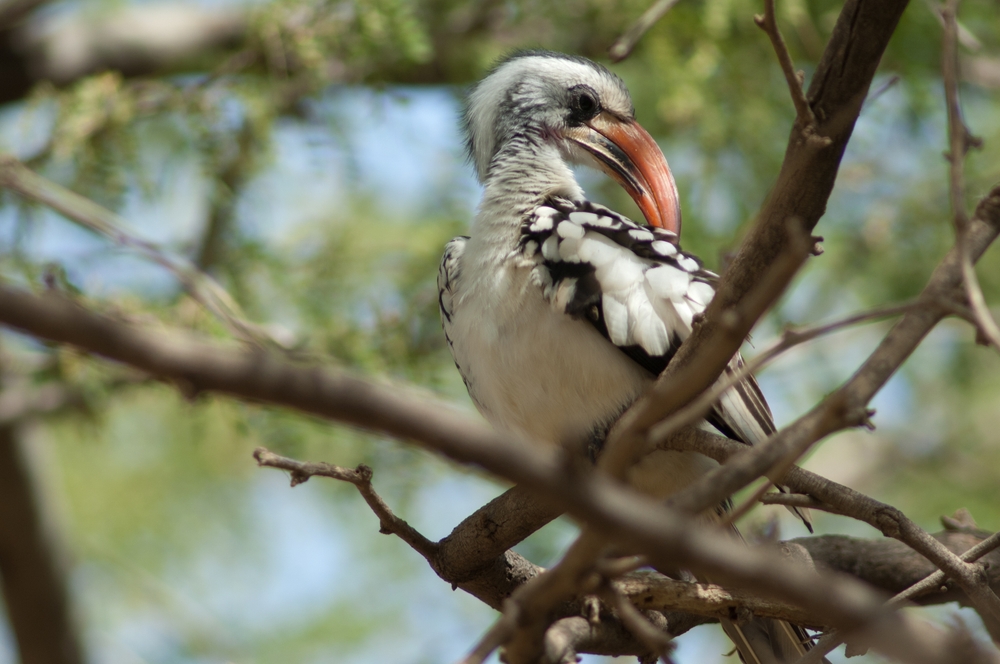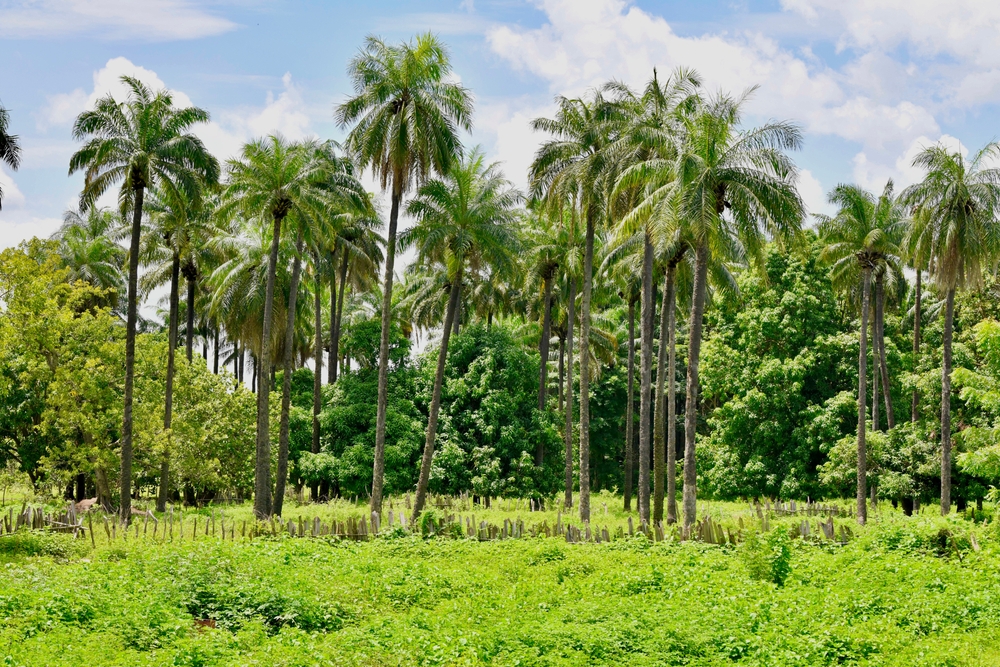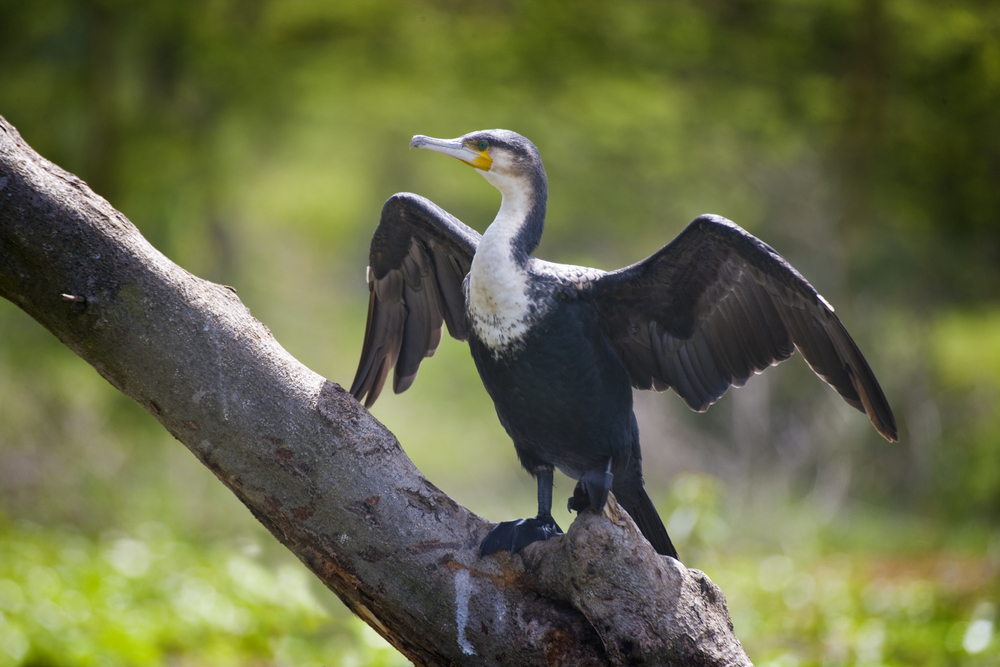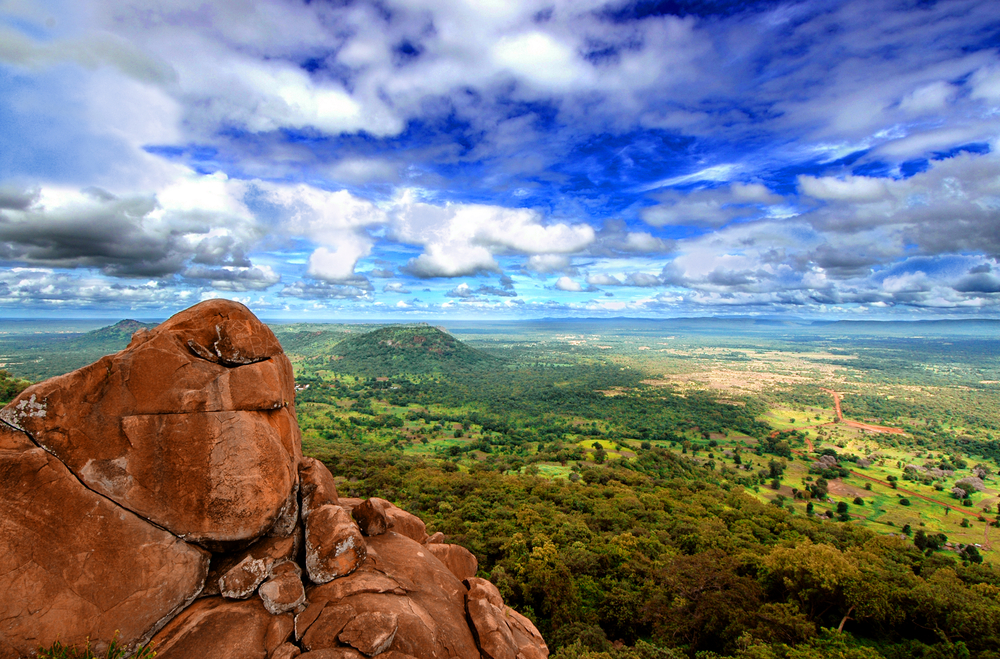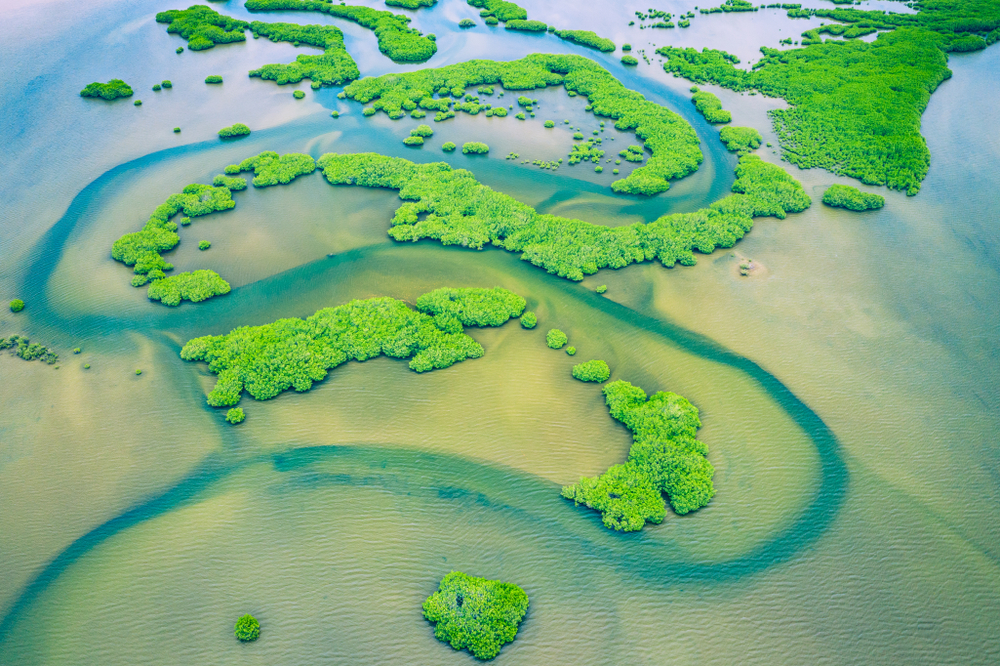Langue de Barbarie Overview
Langue de Barbarie National Park, known locally as Parc National de la Langue de Barbarie, is a stunning coastal reserve located in northwestern Senegal, near the city of Saint-Louis. Established in 1976, the park spans approximately 2,000 hectares (4,942 acres) and is situated along a thin, sandy peninsula that separates the Senegal River from the Atlantic Ocean. This unique geographical feature gives the park its name, “Langue de Barbarie,” meaning the “Barbarian Tongue,” reflecting the slender, tongue-like shape of the landform.
The park is a haven for birdlife and marine biodiversity, making it a must-visit for eco-tourists and wildlife enthusiasts. Its striking landscape combines tranquil lagoons, expansive sandy beaches, and the ever-changing dynamics of the river delta, creating an ecosystem teeming with life. The surrounding waters and mangroves serve as critical breeding grounds for a wide variety of species, cementing Langue de Barbarie as one of Senegal’s most ecologically significant areas.
Langue de Barbarie National Park is particularly renowned for its vibrant bird population. The park is home to thousands of migratory and resident birds, making it a birdwatcher’s paradise. Visitors can spot species such as royal terns, pelicans, sandpipers, and cormorants, while the iconic pink flamingos are a seasonal highlight. The park also serves as a nesting site for sea turtles, including the endangered green and loggerhead turtles, which come ashore to lay their eggs on its sandy beaches.
In addition to its avian wonders, the park’s marine life is equally rich and diverse. The calm waters of the Senegal River and the Atlantic Ocean provide ideal conditions for fish, crustaceans, and mollusks. Dolphins are often spotted near the coastline, delighting visitors with their playful presence, while the surrounding mangroves serve as nurseries for aquatic species and protect the coastline from erosion.
Langue de Barbarie National Park faces ongoing conservation challenges, primarily driven by climate change, coastal erosion, and human activity. Rising sea levels have caused significant changes to the park’s landscape, occasionally leading to the loss of critical habitats. Senegal’s government, in collaboration with international conservation organizations, has implemented measures to restore degraded areas, protect nesting sites for sea turtles, and safeguard the park’s mangrove ecosystems. Community engagement programs also play a crucial role in fostering sustainable fishing practices and environmental education.
Visitors to Langue de Barbarie National Park can explore its wonders through guided boat tours that provide an up-close view of the park’s lagoons, bird colonies, and pristine beaches. Birdwatching excursions, particularly during the migratory season, offer unparalleled opportunities to observe the park’s diverse avian species. Relaxing walks along the sandy shoreline allow visitors to experience the serene beauty of the coastal landscape, while eco-lodges near the park provide accommodations that blend comfort with sustainability.
In summary, Langue de Barbarie National Park is a unique coastal sanctuary, celebrated for its remarkable birdlife, rich marine biodiversity, and dynamic landscapes. Its ecological importance and natural beauty make it a vital destination for wildlife enthusiasts and conservation advocates exploring Senegal’s natural heritage.








































































